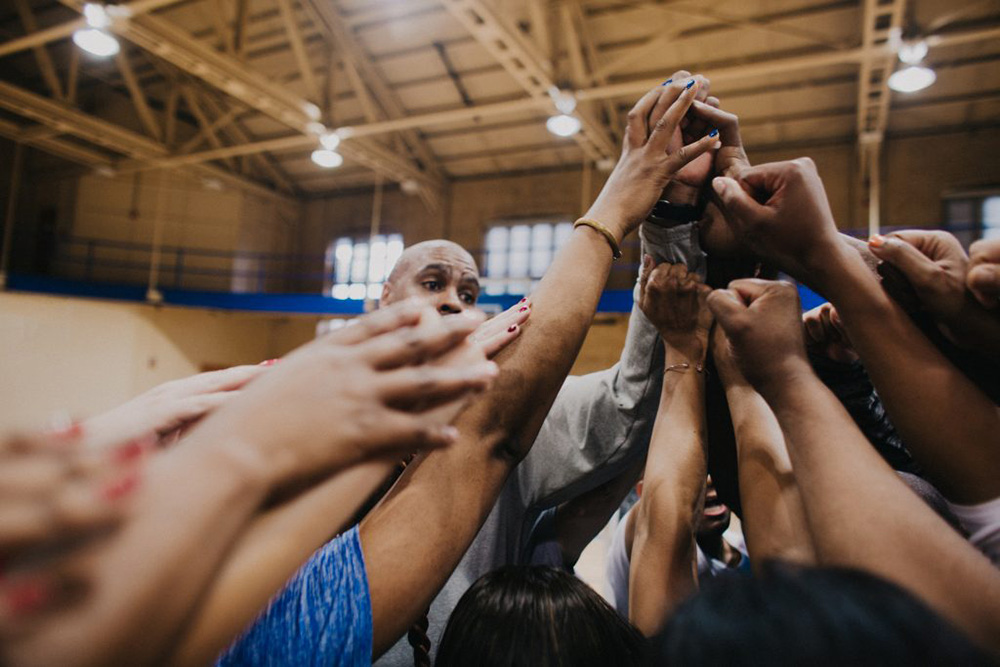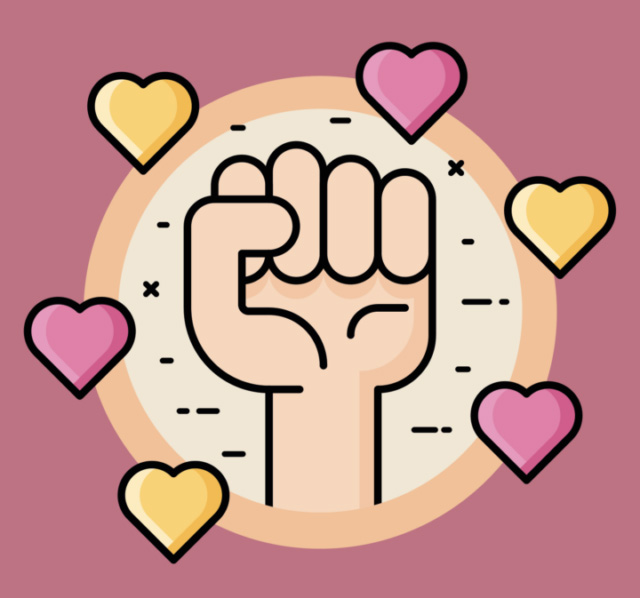A powerful skill that is open to everyone
Have you ever been curious about what makes you light up after interacting with some leaders, while others can suck the life out of you in seconds? It is often referenced with the umbrella term ‘energy’. Some believe leaders are born ‘energizers’. But, as the scholar Rosabeth Moss Kanter has observed, energy is a power that can be cultivated: “Energy is a neglected dimension of leadership, and a form of power available to anyone, in any circumstance.”
In today’s hypercompetitive, complex and fast-changing business environment, having more leaders capable of connecting with and unlocking the energy, ideas and potential of people is an imperative. Networking expert Robert Cross’s extensive research in organizations shows a direct correlation between the highest performing leaders and their ability to energize those around them. According to Cross and his collaborators Michael Arena, Jonathan Sims and Mary Uhl-Bien (MIT Sloan Management Review, summer 2017), energizers trigger the interest and engagement of others, unleashing the passion necessary for bold innovations. They connect with people, fully engage in interactions, and inspire others to devote more time and energy to initiatives.
We need more energizers in organizations. What they have is contagious. It drives co-creation, elevates engagement and performance and raises our collective game.
Here are four things energizers do:
1. Be fully present and connect with others
As Cross points out, one of the defining attributes of energizers is their ability to connect with people and be fully present in the moment. In a world where continuous partial attention is the norm, it takes practice. In addition to Cross’s research, there is also brain science to support this. Duke Corporate Education faculty and neuroscientist Srini Pillay call this neural process synchrony, where the frequency and scale of individuals’ brain waves are in sync. Pillay explains that to truly connect with someone you must tune out the noise consciously and decide to synchronize. Energizers excel at tapping what Pillay calls “feeling for” and “feeling like” brain networks of empathy. They see and seize opportunities to connect with what others care about. Once done, they then translate this empathy to introduce real opportunities at work – engaging people’s imagination and minds in a personal way.
2. Be responsive and reciprocate
Energizers demonstrate a can-do attitude. As Moss Kanter describes, “Energizers don’t dawdle, they don’t tell you all the reasons something can’t be done. They just get to it.” Yes, they take time to think and make connections, but they are action-oriented. And because they are, more people go to them for information and connections. They reciprocate and maintain a good balance between what they ask for and what they contribute to others – and their network grows along with their influence.
3. Stand for something larger than themselves
In their book Full Steam Ahead!, Ken Blanchard and Jesse Stoner observe that shaping a compelling vision begins with a sense of “significant purpose”. Today, with so much disruptive change, concrete visions are harder to attain. But understanding and conveying your organization’s bigger purpose – beyond making money for shareholders – is critical.
4. Infuse humour
A sense of humour builds personal connection. It also relaxes people. By taking ourselves less seriously, we open an opportunity for others to relate. As John Zenger and Joseph Folkman found in their study of innovative firms, “in organizations led by energizers, grimness was replaced with kidding and laughter. An energized organization bubbles over, not only with enthusiasm, but with humour and collaboration.”
Some of the practices above may come more naturally than others. Yet all can be learned. The laws of physics tell us that energy can be neither created nor destroyed. Success comes to those who learn to harness it.
An adapted version of this article appeared on the Dialogue Review website.




